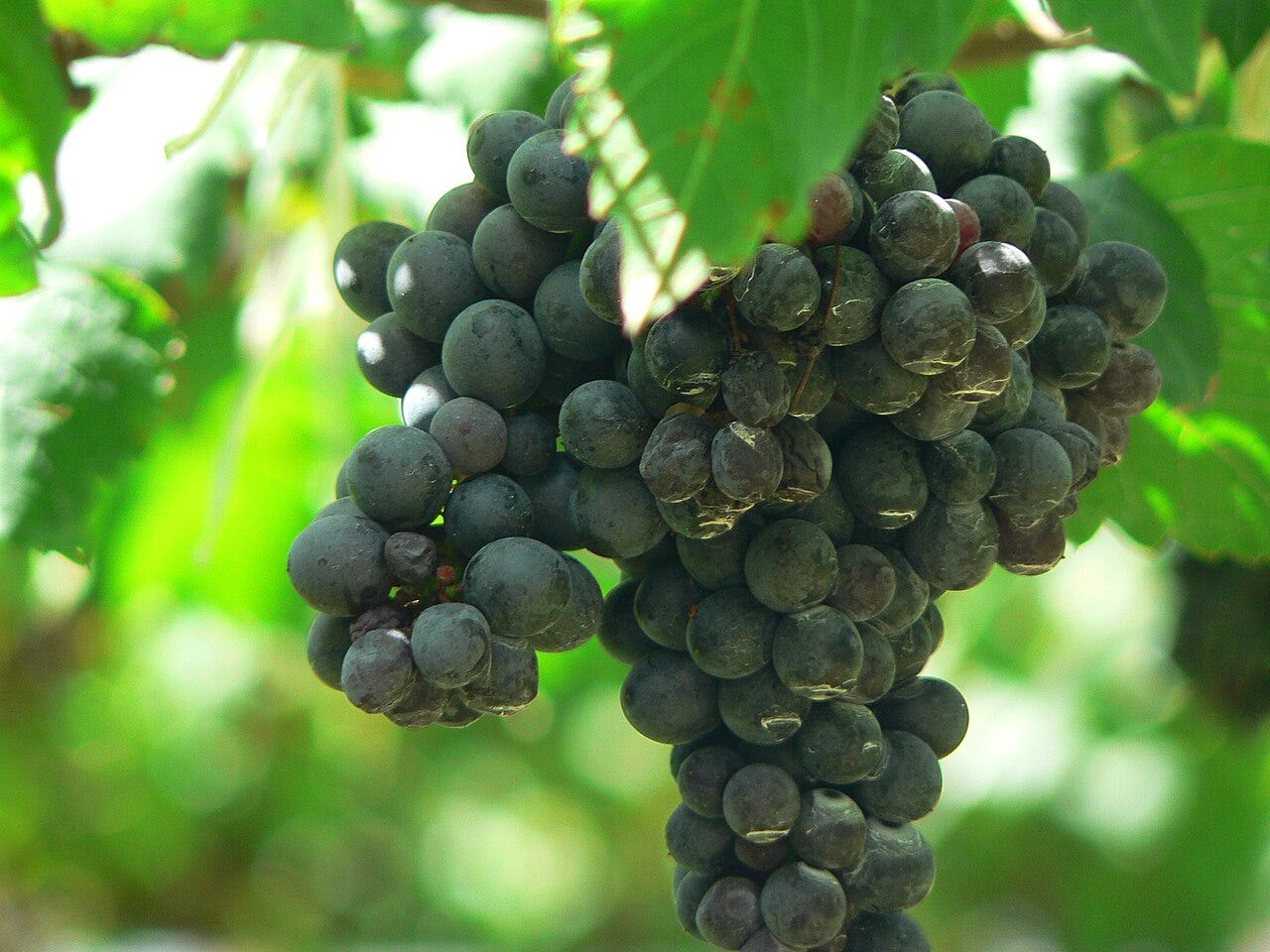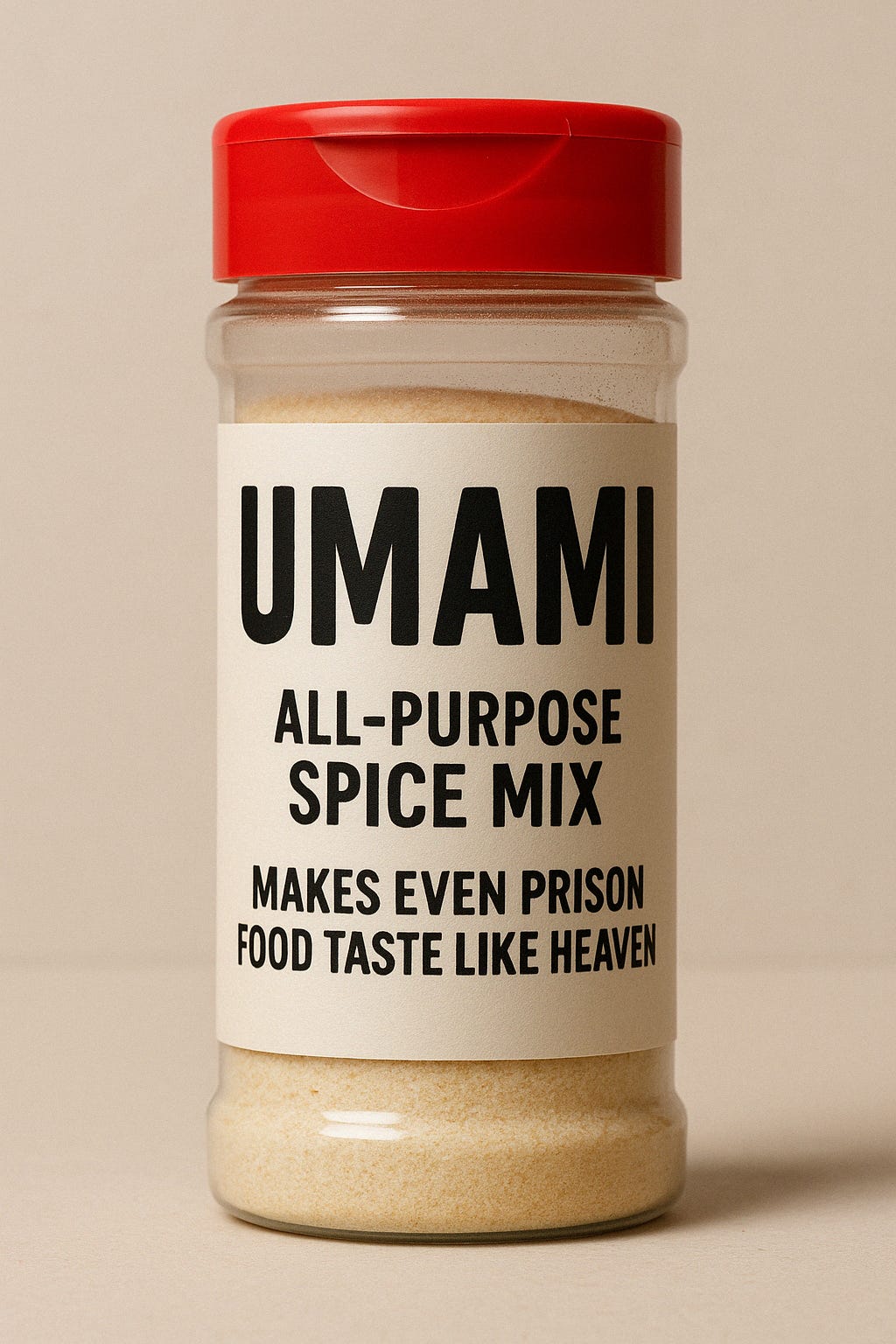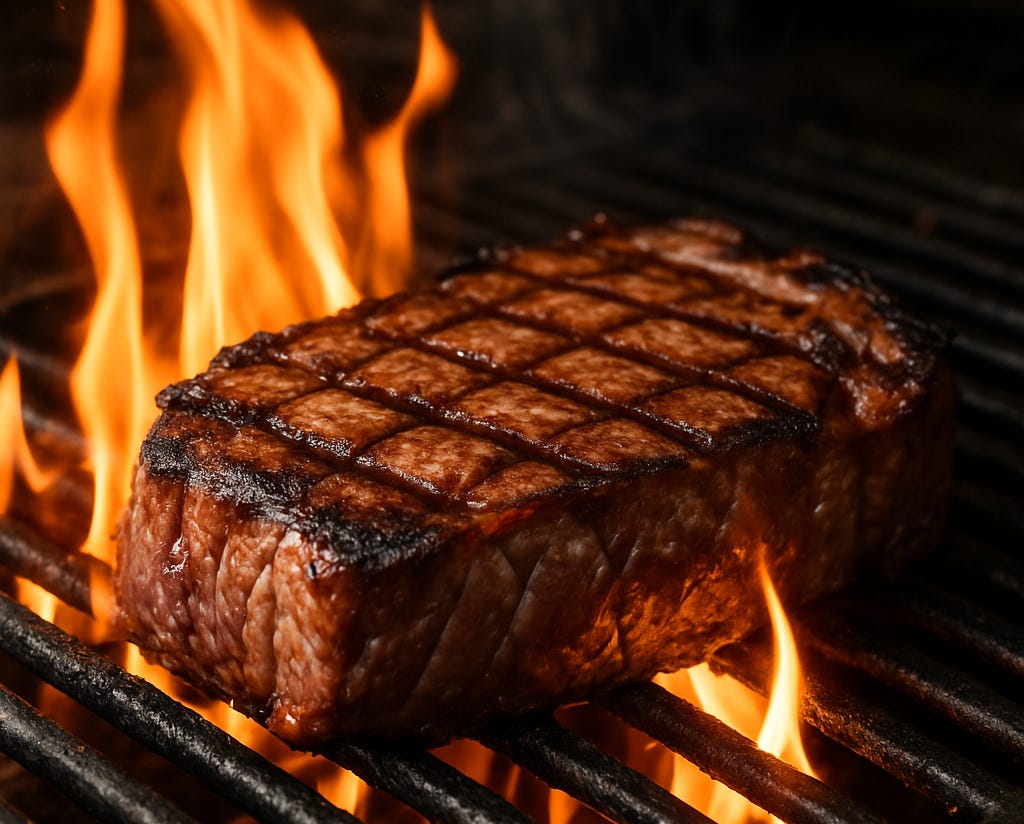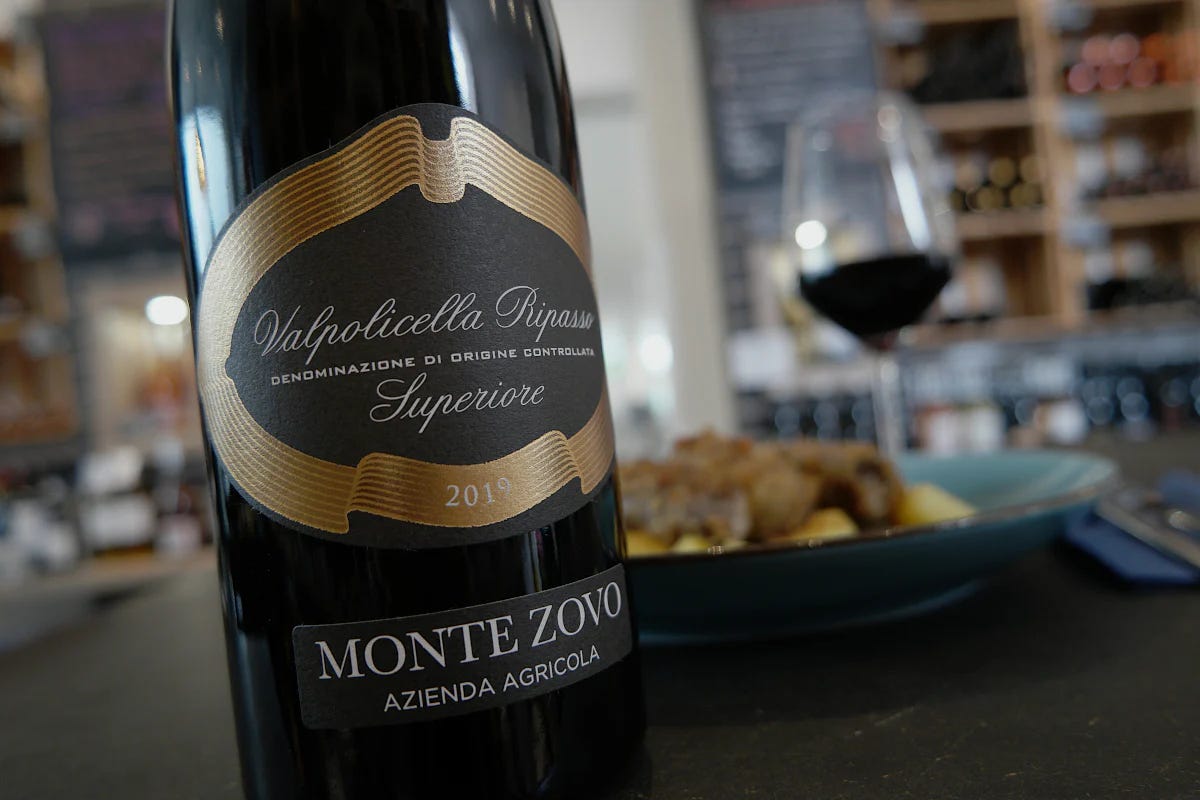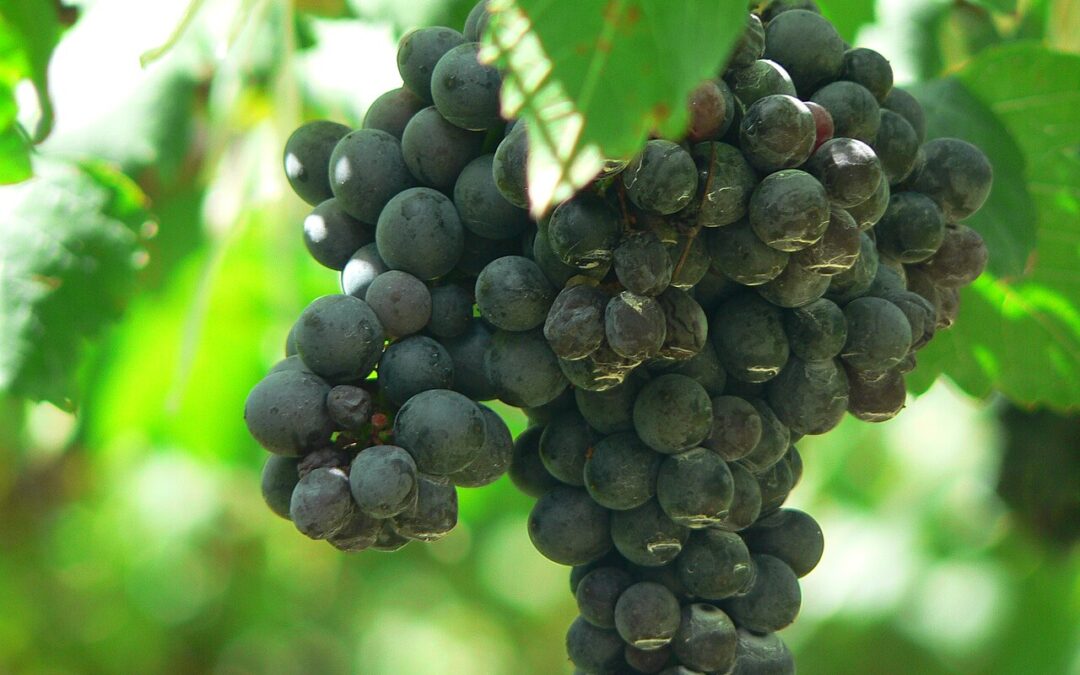
by Ross Kingsley | May 4, 2025 | DECODING GRAPES: FROM VINES TO VINTAGE
Shiraz, also known as Syrah, is a grape variety with a journeyed history. While the two names are used interchangeably, they hint at the grape’s diverse characteristics and geographical origins. Let’s uncork the history, explore its famous wines, and trace its global footprint.
Origins and History
The Syrah grape traces its roots to the Rhône Valley in France, where it has thrived for centuries. DNA profiling in the late 20th century revealed that Syrah is a cross between two obscure varieties: Dureza and Mondeuse Blanche. While myths once claimed origins in Iran (specifically the city of Shiraz), these tales have been debunked. However, the Persian connection may have inspired the alternative name.
French winemakers nurtured Syrah into a robust and versatile grape, but its journey didn’t end there. When it reached Australian shores in the 19th century, it adopted the name Shiraz. The hot climate of regions like Barossa Valley and McLaren Vale brought out bold, fruit-forward expressions of the grape, giving Shiraz its distinct identity.
Famous Wines
In France, Syrah is a cornerstone of some of the world’s most prestigious wines. The northern Rhône is its spiritual home, where appellations like Hermitage and Côte-Rôtie showcase its elegance. These wines often exhibit notes of black fruit, pepper, and a touch of smokiness, paired with firm tannins and excellent aging potential.
On the other side of the world, Australian Shiraz tells a different story. Barossa Valley Shiraz is known for its opulent flavors of blackberry, plum, chocolate, and spice, often with a velvety texture. Other regions like Hunter Valley and Heathcote offer diverse interpretations, ranging from vibrant and medium-bodied to rich and powerful.
Beyond France and Australia, Syrah/Shiraz has found success in California, South Africa, and Chile. In each region, local terroir shapes the wine’s profile, but the grape’s intrinsic qualities—intensity, structure, and depth—shine through.
Geographical Reach
Today, Syrah/Shiraz is one of the most widely planted grape varieties. From Europe’s classic vineyards to New World hotspots, it has adapted to varied climates and soils. South Africa produces Shiraz with smoky, earthy tones, while Chile’s cool-climate Syrah boasts red fruit and herbal nuances.
Whether you prefer the refined Syrah of France or the bold Shiraz of Australia, this versatile grape offers a world of flavors to explore. Its rich history and global presence ensure its place as a favorite among wine lovers.
Image Credit: Wikipedia.org
_ _ _
© CHURRASCO PHUKET STEAKHOUSE / ALL RIGHTS RESERVED
>>> Reprinting, reposting & sharing allowed, in exchange for a backlink and credits <<<
Churrasco Phuket Steakhouse serves affordable Wagyu and Black Angus steaks and burgers. We are open daily from 12noon to 11pm at Jungceylon Shopping Center in Patong / Phuket.
We are family-friendly and offer free parking and Wi-Fi for guests. See our menus, reserve your table, find our location, and check all reviews here:
https://ChurrascoPhuket.com/
#Churrascophuket #jungceylon #phuketsteakhouse #affordablewagyu #wagyu

by Ross Kingsley | May 4, 2025 | RESTAURANT BUSINESS: BEHIND THE KITCHEN DOOR
TripAdvisor was once the go-to platform for travellers seeking reviews and recommendations. With its extensive database of hotels, restaurants, and attractions, it shaped travel decisions for millions. However, in recent years, TripAdvisor’s relevance has diminished as platforms like Google Maps and Dianping have taken the lead.
Google Maps: Convenience Redefined
Google Maps has transformed from a navigation tool into a comprehensive local discovery platform. Unlike TripAdvisor, which requires users to visit a separate app or website, Google Maps seamlessly integrates reviews, photos, and ratings directly into its interface. This convenience allows users to find the best spots in real-time without switching platforms. Its personalized recommendations, based on user location and preferences, further enhance its appeal. Moreover, the global dominance of Google means its data is often more up-to-date and comprehensive, covering not just major tourist spots but also hidden local gems.
Dianping: A Regional Powerhouse
In markets like China and parts of Southeast Asia, Dianping has emerged as a dominant force. Often referred to as “China’s Yelp,” Dianping offers detailed reviews, discounts, and even reservation services. Its deep integration with Chinese payment platforms like Alipay and WeChat Pay makes it particularly convenient for users. Furthermore, Dianping’s focus on local insights and crowd-sourced reviews provides a depth of information that TripAdvisor often lacks in these regions.
Why TripAdvisor is Falling Behind
TripAdvisor’s static model and reliance on user-generated reviews have become less competitive. It lacks the real-time, personalized features of Google Maps and the localized expertise of Dianping. Additionally, its interface can feel dated, and its emphasis on international tourism overlooks the growing demand for localized, everyday experiences.
As travel evolves, platforms that prioritize convenience, integration, and personalization—like Google Maps and Dianping—are taking the spotlight, leaving TripAdvisor behind, and much to restaurant owners’ delight ….
Image Credit: https://freepik.com
_ _ _
© Churrasco PHUKET STEAKHOUSE / ALL RIGHTS RESERVED
Churrasco Phuket Steakhouse serves affordable Wagyu and Black Angus steaks and burgers. We are open daily from 12noon to 11pm at Jungceylon Shopping Center in Patong / Phuket.
We are family-friendly and offer free parking and WiFi for guests. See our menus, reserve your table, find our location, and check all reviews here:
https://Churrascophuket.com/
#Churrascophuket #jungceylon #phuketsteakhouse #affordablewagyu #wagyu
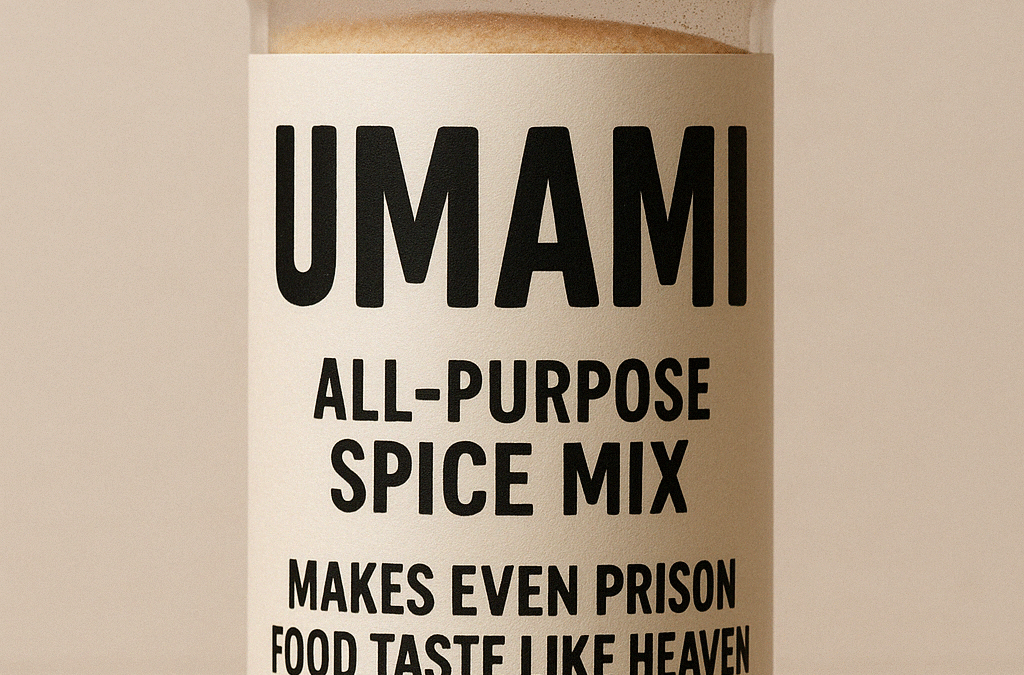
by Ross Kingsley | Apr 27, 2025 | BLACK BOX: RANTS, RAVES, REVIEWS & RECIPES
Once upon an ancient time, food had four tastes: sweet, salty, sour, and bitter. It was a simpler era—steak tasted like steak, tomatoes like tomatoes, and nobody tried to elevate instant noodles by calling them a “celebration of umami.” But then came the rise of a fifth taste, the elusive umami, and everything changed.
Suddenly, umami was everywhere. No dish could be properly described without invoking it. Parmesan? Umami bomb. Soy sauce? The essence of umami. Mushrooms? They scream umami, darling. It’s as if food critics and influencers discovered a magic word that instantly made their descriptions sound more refined. But here’s the thing: it didn’t make them smarter. It just made them louder.
The Myth of the Mysterious Fifth Taste
Let’s get one thing straight—umami isn’t new. Japanese scientist Kikunae Ikeda identified it over a century ago in 1908, after studying the savory depth of dashi broth made from kombu. He isolated glutamic acid as the compound responsible, and thus the “fifth taste” was born. But what began as a legitimate scientific breakthrough has since been co-opted by a certain crowd who like their food writing with a side of self-importance.
These days, people wield the word umami like a chef’s knife at a dinner party, hoping it will slice through their guests’ perceived ignorance. “Oh, you don’t taste the umami in this anchovy-laced butter? It’s sublime—it just lingers on the back of your tongue.” Translation: I read one Bon Appétit article and now I think I’m Harold McGee.
You Keep Using That Word…
Here’s a fun challenge: next time someone says umami, ask them to describe it. Watch the panic behind their eyes. Most will give you some vague combination of “savory,” “meaty,” or “like soy sauce, but not.” It’s the culinary equivalent of someone insisting they love modern art but can’t name a single painter post-Warhol.
Yes, umami is real. Yes, it adds depth and roundness to food. No, it is not a free pass to sound cultured. Throwing around the term without understanding it is like calling every sparkling wine “Champagne.” Technically, you might impress a few, but anyone who knows what they’re talking about is quietly judging you.
MSG: The Original Umami Villain
Let’s also talk about the hypocrisy of the umami elite. The same people who sneer at processed food will wax poetic about umami-rich ramen—then recoil in horror at the mention of monosodium glutamate. Never mind that MSG is literally the concentrated form of umami. Never mind that it’s been proven safe repeatedly. No, it must be “natural” umami or nothing. Preferably extracted by a monk in Kyoto and stirred with a bamboo paddle while chanting.
This fear of MSG is a holdover from a now-debunked panic known as “Chinese Restaurant Syndrome,” which—spoiler alert—was rooted in racism more than science. But hey, sprinkle some truffle salt on it and call it “artisanal glutamate” and we’re back in business.
The Umami Checklist
In case you were wondering, here’s a non-exhaustive list of things people now claim are umami-rich: aged cheeses, cured meats, tomatoes (especially sun-dried, of course), seaweed, soy sauce, miso, anchovies, mushrooms, fish sauce, green tea, slow-roasted onions, and apparently their own egos.
It’s almost comical how everything has become umami if you just believe hard enough. Is your soup bland? Add more umami. Is your restaurant not getting good reviews? Tell the critic your flavor profile leans heavily on umami and they’ll probably nod approvingly, too embarrassed to admit they don’t know what you mean.
A Taste of Humility
There’s nothing wrong with appreciating depth in flavor. But let’s retire the umami name-dropping unless you actually know what you’re talking about. It’s a taste, not a religion. You don’t need to chant it before meals or offer burnt offerings to the god of kombu. Sometimes, your pasta sauce just tastes good because it has garlic, salt, and tomatoes—not because it’s some transcendental umami experience.
At the end of the day, food is meant to be eaten, not intellectualized into oblivion. So next time someone at the table calls their cheeseburger “a rich interplay of umami-forward elements,” do us all a favor—take a bite, chew slowly, and remind them: it’s just lunch.
Image Credit: https://churrascophuket.com
_ _ _
© CHURRASCO PHUKET STEAKHOUSE / ALL RIGHTS RESERVED
Reprinting, reposting & sharing allowed, in exchange for a backlink and credits
Churrasco Phuket Steakhouse serves affordable Wagyu and Black Angus steaks and burgers. We are open daily from 12noon to 11pm at Jungceylon Shopping Center in Patong / Phuket.
We are family-friendly and offer free parking and Wi-Fi for guests. See our menus, reserve your table, find our location, and check all guest reviews here:
https://ChurrascoPhuket.com/
#Churrascophuket #jungceylon #phuketsteakhouse #affordablewagyu #wagyu
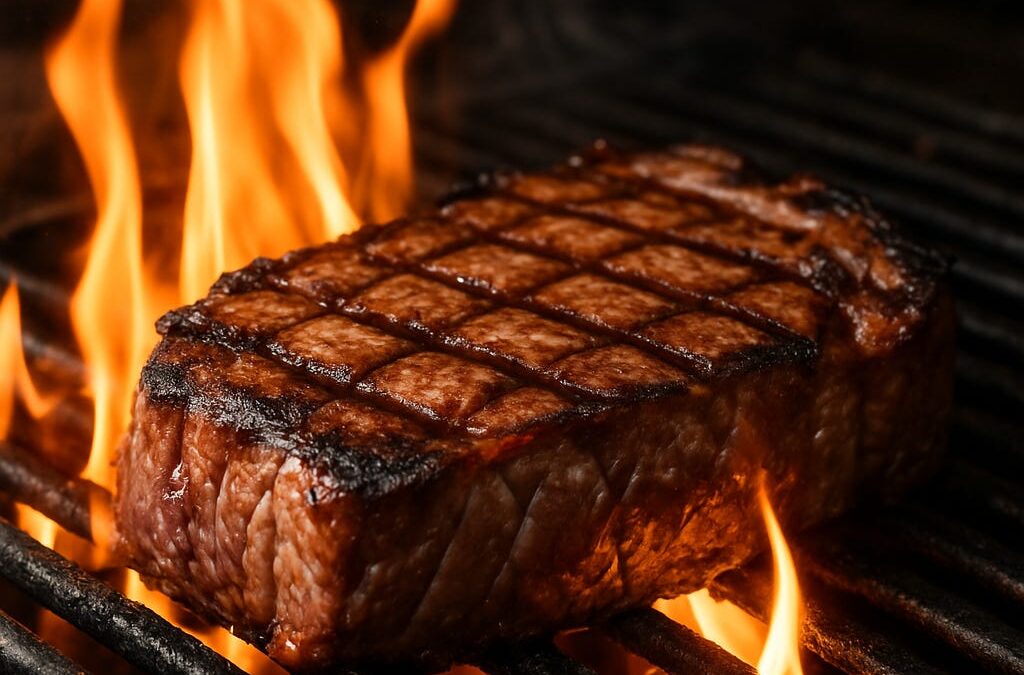
by Ross Kingsley | Apr 27, 2025 | KNOWLEDGE: MEAT ESSENTIALS
In the world of professional steakhouse kitchens, few decisions are as critical or as underestimated as the choice between deep-chilled and frozen meat. For restaurant chefs and owners committed to quality, this single decision can make or break the final dish. Let’s break down why deep-chilled meat, which we exclusively use, is the gold standard for high-quality dining.
What Is Deep-Chilled Meat, Really?
Deep-chilled meat is stored in a carefully controlled temperature zone just above freezing—typically between -1°C and 1°C (30°F to 34°F). It’s cold enough to drastically slow down bacterial growth, yet warm enough to avoid the formation of ice crystals that compromise meat texture.
Frozen beef, by contrast, is stored at -18°C (0°F) or below. It lasts longer, sure—but it comes with trade-offs in both taste and texture. What you gain in shelf life, you often lose in culinary integrity.
Flavor and Texture First
The biggest win with deep-chilled meat is taste. By never freezing, the natural cell structure of the muscle remains intact. This means juices stay where they belong—inside the meat. The result? Steaks that are juicier, more tender, and full of flavour. Frozen meat, even when properly thawed, can suffer moisture loss that leaves it dry and bland in comparison.
No Thawing, No Waiting
In a busy restaurant kitchen, time is money. Deep-chilled beef can be seasoned, seared, and served straight from the cold room. There’s no need to plan around lengthy defrosting periods or worry about uneven thawing. For chefs, this means better consistency and faster service.
A Clean, Precise Cut
Presentation matters—especially in dishes like carpaccio, tartare, or premium steaks. Deep-chilled meat maintains its structure, making it easier to slice cleanly and portion accurately. This not only ensures visual appeal but also reduces kitchen waste.
Waste Less, Serve More
Freezer burn, oxidation, and spoilage during thawing are common issues with frozen meat. Deep-chilled meat avoids these pitfalls, leading to less product loss and better yield per cut—another reason why high-end steakhouses make this choice.
So Why Do Some Still Use Frozen Beef?
Frozen beef certainly has its place, particularly in mass production or when supply chains demand it. It’s cheaper to transport, stores for months, and is easy to stock in bulk. But the freezing and thawing process is inherently rough on meat. For restaurants that prioritize price over quality, it might be a compromise they’re willing to make. We are not.
Why We Insist On Deep-Chilled
At Churrasco Phuket Steakhouse, deep-chilled beef isn’t a luxury—it’s the baseline. It’s not just theoretical—it’s what defines every steak, every slice, and every burger we serve. We serve seasoned carnivores and curious foodies alike, and when guests cut into our steaks, they should immediately taste the difference that careful handling makes. Ultimately, deep-chilled meat doesn’t just elevate flavour and texture—it respects the product and the guest.
Image Credit: https://churrascophuket.com
_ _ _
© CHURRASCO PHUKET STEAKHOUSE / ALL RIGHTS RESERVED
Reprinting, reposting & sharing allowed, in exchange for a backlink and credits
Churrasco Phuket Steakhouse serves affordable Wagyu and Black Angus steaks and burgers. We are open daily from 12noon to 11pm at Jungceylon Shopping Center in Patong / Phuket.
We are family-friendly and offer free parking and Wi-Fi for guests. See our menus, reserve your table, find our location, and check all guest reviews here:
https://ChurrascoPhuket.com/
#Churrascophuket #jungceylon #phuketsteakhouse #affordablewagyu #wagyu
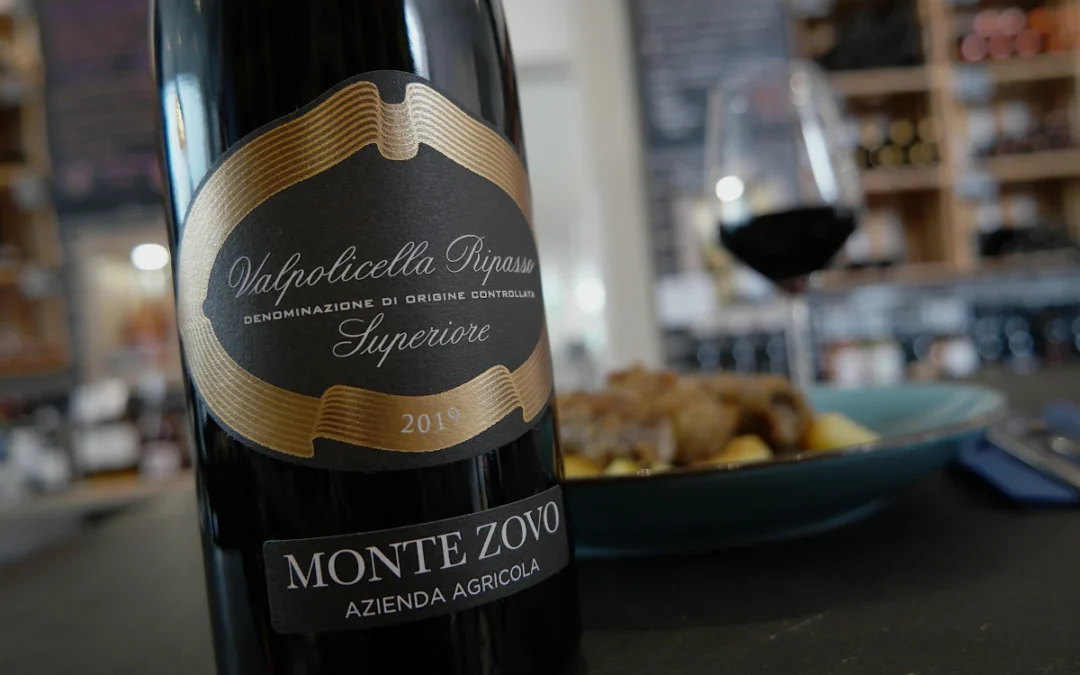
by Ross Kingsley | Apr 27, 2025 | WINES: UNCORKING THE MYSTERY
Italy’s Veneto region is renowned for its winemaking traditions, particularly the unique techniques that give us Ripasso, Appassimento, and Amarone wines. While these styles share some similarities, they differ in their production methods, flavor profiles, and intended drinking experiences.
Appassimento: The Foundation Technique
Appassimento is not a wine style but rather a winemaking method. Grapes are partially dried before fermentation, concentrating their sugars, flavors, and aromatics. This drying process, traditionally done on bamboo racks or in well-ventilated drying rooms, reduces the water content in the grapes, resulting in intensely flavored and complex wines.
This technique forms the backbone of Amarone and Recioto wines. Appassimento wines are typically bold, with notes of dried fruits, spices, and chocolate. While Amarone is the most famous expression of this method, the technique is used across Italy and beyond to produce rich, robust wines.
Amarone: Appassimento’s Masterpiece
Amarone della Valpolicella is the pinnacle of Appassimento winemaking. Made from partially dried Corvina, Rondinella, and Molinara grapes, Amarone is a dry, full-bodied wine with high alcohol content (often 15-16%). The grapes are fermented completely, leaving no residual sugar, which distinguishes it from Recioto, its sweeter cousin.
Amarone wines are known for their luxurious flavors of dried cherries, figs, dark chocolate, and spices, complemented by velvety tannins and a long finish. Amarone is often reserved for special occasions due to its price and complexity, making it a celebrated choice for wine enthusiasts.
Ripasso: Amarone’s Little Brother
Ripasso, which translates to “repassed,” is a distinct method and style. It begins as a lighter Valpolicella wine, which is then fermented a second time with the dried grape skins (pomace) left over from Amarone or Recioto production. This process infuses the wine with more body, alcohol, and flavor, bridging the gap between standard Valpolicella and the rich intensity of Amarone.
Ripasso wines offer flavors of ripe fruits, dried cherries, and subtle spices, with softer tannins and moderate alcohol levels (around 13-14%). They are often referred to as “Baby Amarones” due to their similarity in character but at a more accessible price point.
Key Differences
-
Appassimento: The drying method used to enhance grape flavors.
-
Amarone: A premium dry wine fully fermented from dried grapes.
-
Ripasso: A medium-bodied wine enhanced by second fermentation with Amarone pomace.
Together, these styles showcase the artistry of Veneto’s winemaking and offer options for every palate and occasion.
PS: Churrasco Phuket Steakhouse currently offers Monte Zovo’s Valpolicella Ripasso Superiore DOC on it’s wine list.
Image credit: https://cooksandwines.de
_ _ _
© CHURRASCO PHUKET STEAKHOUSE / ALL RIGHTS RESERVED
Churrasco Phuket Steakhouse serves affordable Wagyu and Black Angus steaks and burgers. We are open daily from 12noon to 11pm at Jungceylon Shopping Center in Patong / Phuket.
We are family-friendly and offer free parking and Wi-Fi for guests. See our menus, reserve your table, find our location, and check all reviews here:
https://ChurrascoPhuket.com/
#Churrascophuket #jungceylon #phuketsteakhouse #affordablewagyu #wagyu


